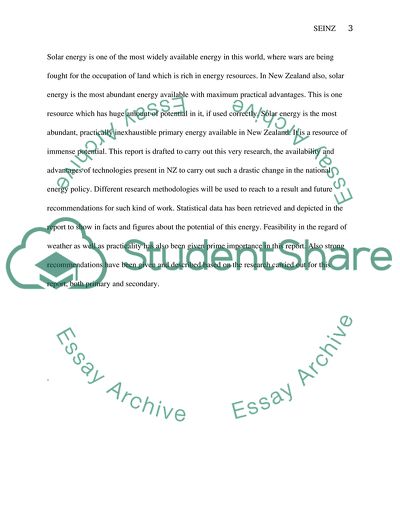Cite this document
(How Many Uses There for Solar in New Zealand Coursework Example | Topics and Well Written Essays - 2500 words, n.d.)
How Many Uses There for Solar in New Zealand Coursework Example | Topics and Well Written Essays - 2500 words. https://studentshare.org/engineering-and-construction/1768394-how-many-uses-there-for-solar-in-new-zealand
How Many Uses There for Solar in New Zealand Coursework Example | Topics and Well Written Essays - 2500 words. https://studentshare.org/engineering-and-construction/1768394-how-many-uses-there-for-solar-in-new-zealand
(How Many Uses There for Solar in New Zealand Coursework Example | Topics and Well Written Essays - 2500 Words)
How Many Uses There for Solar in New Zealand Coursework Example | Topics and Well Written Essays - 2500 Words. https://studentshare.org/engineering-and-construction/1768394-how-many-uses-there-for-solar-in-new-zealand.
How Many Uses There for Solar in New Zealand Coursework Example | Topics and Well Written Essays - 2500 Words. https://studentshare.org/engineering-and-construction/1768394-how-many-uses-there-for-solar-in-new-zealand.
“How Many Uses There for Solar in New Zealand Coursework Example | Topics and Well Written Essays - 2500 Words”. https://studentshare.org/engineering-and-construction/1768394-how-many-uses-there-for-solar-in-new-zealand.


